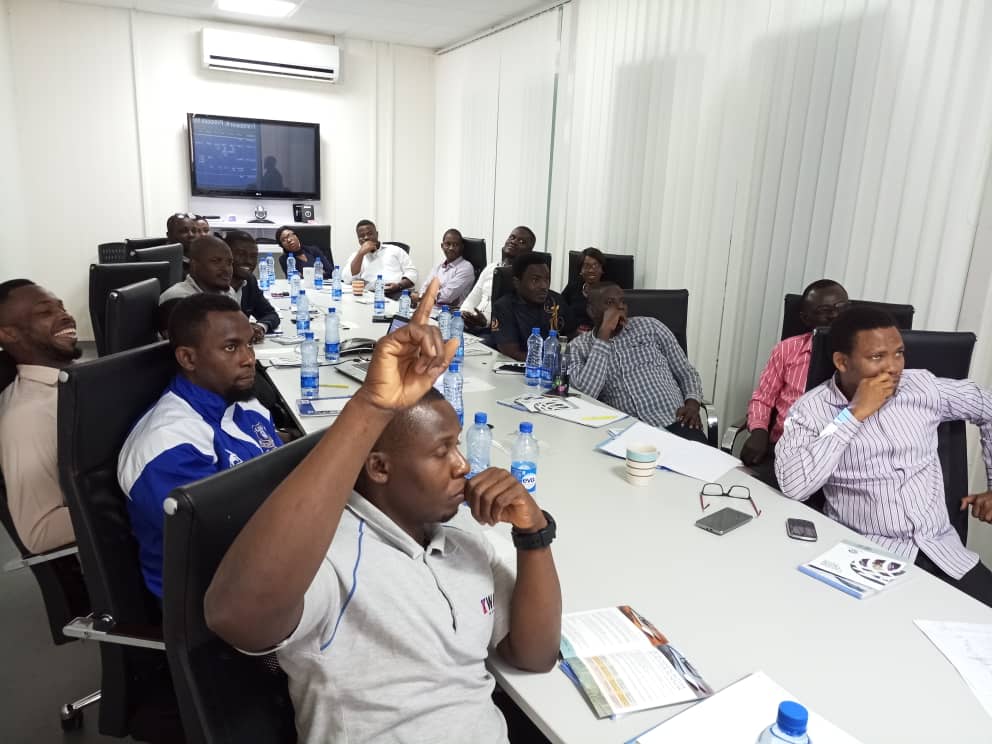Every project manager knows that even the best-laid plans can go sideways. Whether you’re managing a small team or handling a large-scale initiative, challenges are inevitable. The key to success? Identifying issues early and tackling them head-on with proven solutions.
Here are ten common project problems and expert strategies to solve them like a pro.

1. Missed Deadlines
The Problem:
Tight schedules, unforeseen obstacles, and unrealistic expectations can cause project timelines to slip.
The Solution:
- Set realistic deadlines: Break tasks into manageable milestones with buffer time.
- Use project management tools: Leverage tools like Asana, Trello, or Jira to track progress.
- Hold regular check-ins: Weekly stand-ups help keep everyone accountable and on track.

2. Scope Creep
The Problem:
Projects often expand beyond their original scope due to evolving requirements, leading to budget overruns and delayed timelines.
The Solution:
- Define clear project objectives: Establish scope boundaries from the start.
- Implement change control processes: Any new requests should be assessed for impact before approval.
- Communicate with stakeholders: Ensure all changes align with project goals and resources.

3. Poor Communication
The Problem:
Misunderstandings, unclear expectations, and lack of updates can lead to confusion and mistakes.
The Solution:
- Create a communication plan: Define how and when updates will be shared.
- Use collaboration tools: Slack, Microsoft Teams, and email ensure streamlined communication.
- Encourage transparency: Foster an open environment where team members feel comfortable raising concerns.

4. Unclear Roles and Responsibilities
The Problem:
When team members don’t know their specific responsibilities, tasks fall through the cracks.
The Solution:
- Use a RACI matrix: Define who is Responsible, Accountable, Consulted, and Informed.
- Clarify roles early: Outline expectations in project kick-off meetings.
- Assign ownership: Make sure each task has a designated person responsible for its completion.

5. Budget Overruns
The Problem:
Uncontrolled spending and unforeseen expenses can quickly deplete project funds.
The Solution:
- Set a detailed budget: Plan for contingencies and track expenses.
- Monitor spending: Regularly review costs against budget projections.
- Adjust as needed: If overruns occur, reassess priorities and allocate resources accordingly.

6. Lack of Risk Management
The Problem:
Unexpected issues can derail progress if risks aren’t identified and planned for in advance.
The Solution:
- Conduct risk assessments: Identify potential obstacles early.
- Develop contingency plans: Have backup strategies in place for high-risk areas.
- Monitor risks continuously: Adjust strategies as new risks emerge.

7. Low Team Morale
The Problem:
A disengaged or unmotivated team can lead to low productivity and poor outcomes.
The Solution:
- Recognize achievements: Celebrate wins, no matter how small.
- Encourage work-life balance: Prevent burnout by promoting reasonable workloads.
- Foster a positive culture: Provide support, trust, and opportunities for growth.

8. Stakeholder Conflicts
The Problem:
Differing opinions, competing priorities, and unrealistic expectations from stakeholders can create friction.
The Solution:
- Align expectations early: Clearly define goals and deliverables from the start.
- Engage stakeholders regularly: Keep them informed and involved throughout the project.
- Manage conflicts proactively: Address concerns before they escalate into major roadblocks.

9. Inadequate Resource Allocation
The Problem:
Insufficient staff, budget, or time can lead to bottlenecks and slowdowns.
The Solution:
- Assess resource needs upfront: Ensure you have the right people and tools in place.
- Prioritize tasks: Focus on high-impact activities that drive results.
- Be flexible: Reallocate resources as project demands shift.

10. Failure to Adapt to Changes
The Problem:
Rigid planning can make it difficult to adjust when circumstances shift.
The Solution:
- Embrace agile methodologies: Stay flexible and adapt to new information.
- Encourage innovation: Allow team members to suggest creative solutions.
- Learn from setbacks: Use challenges as opportunities to improve processes.

No project is without its hurdles, but knowing how to navigate these common problems can make all the difference. By implementing proactive strategies, fostering clear communication, and staying adaptable, you’ll be able to keep your projects on track and set your team up for success.
Which of these project challenges have you faced? Let us know in the comments!









